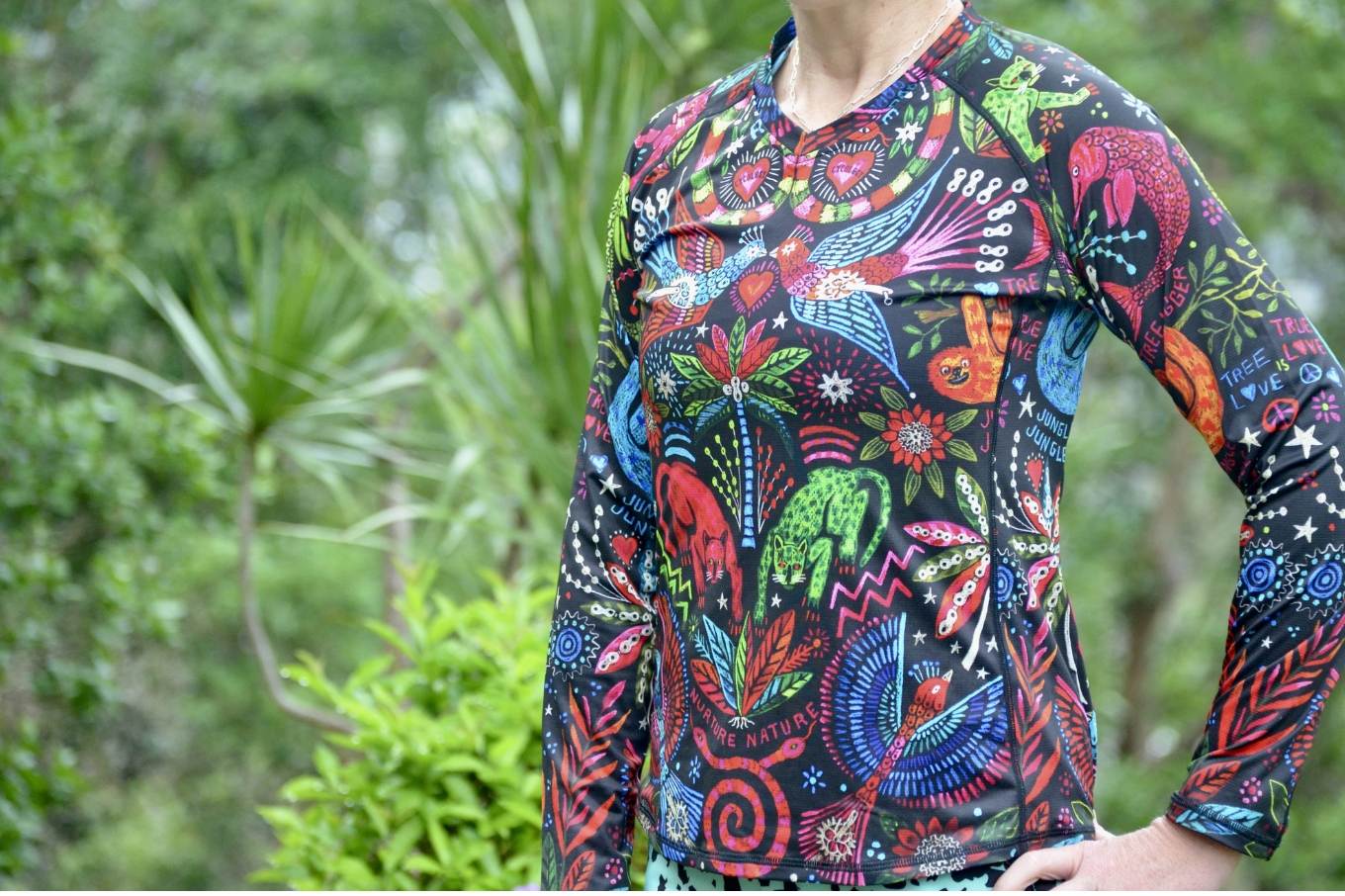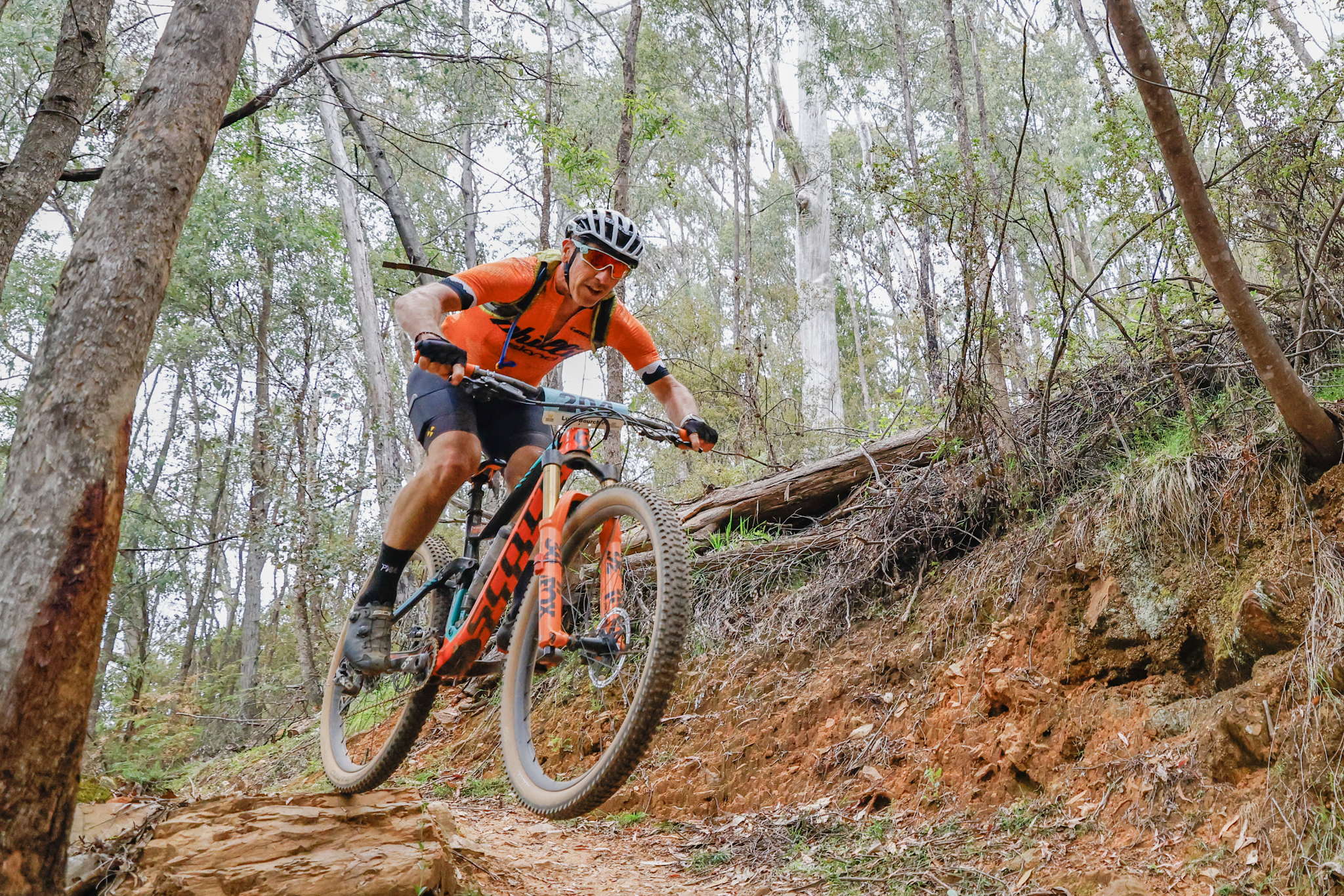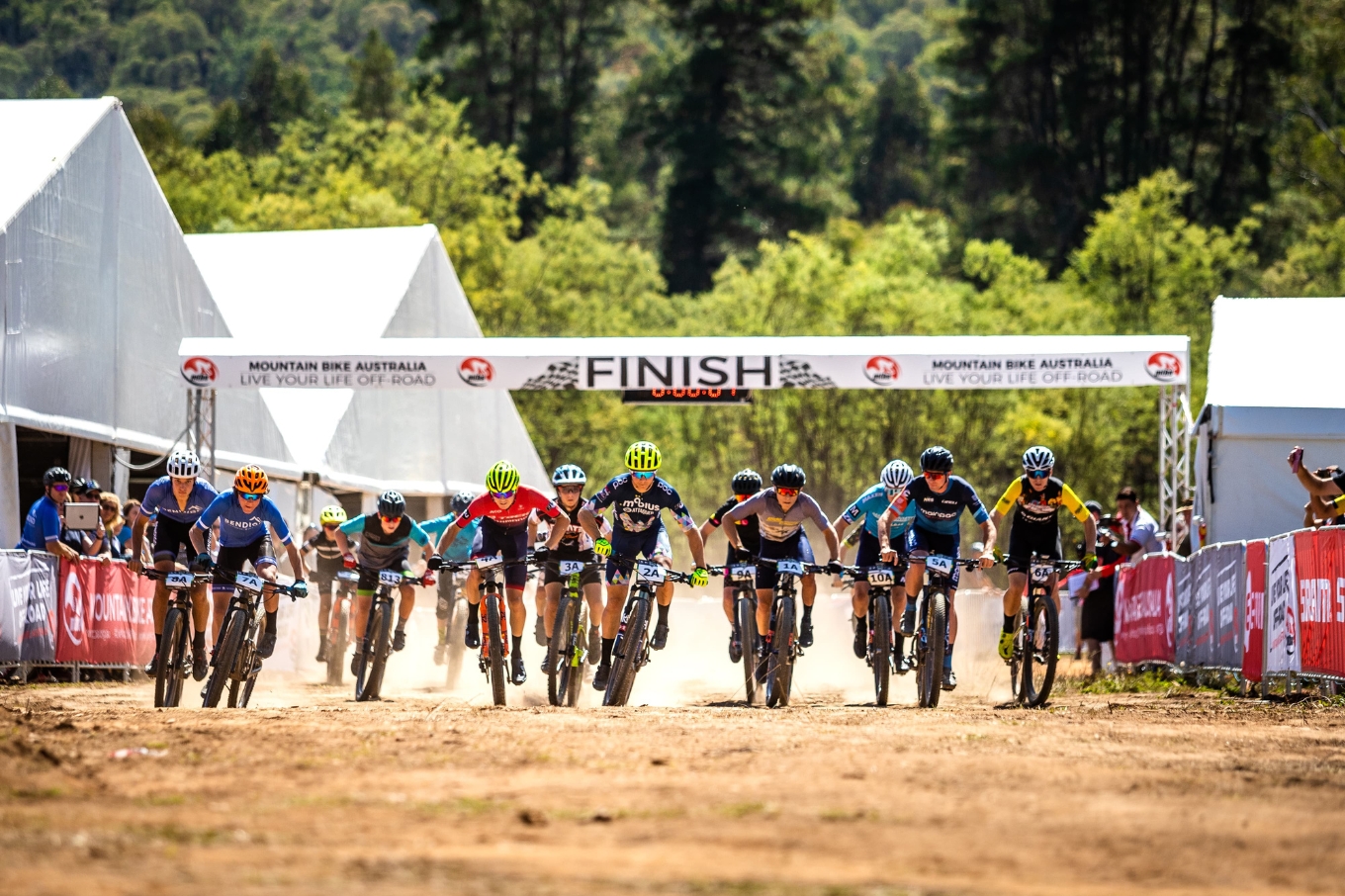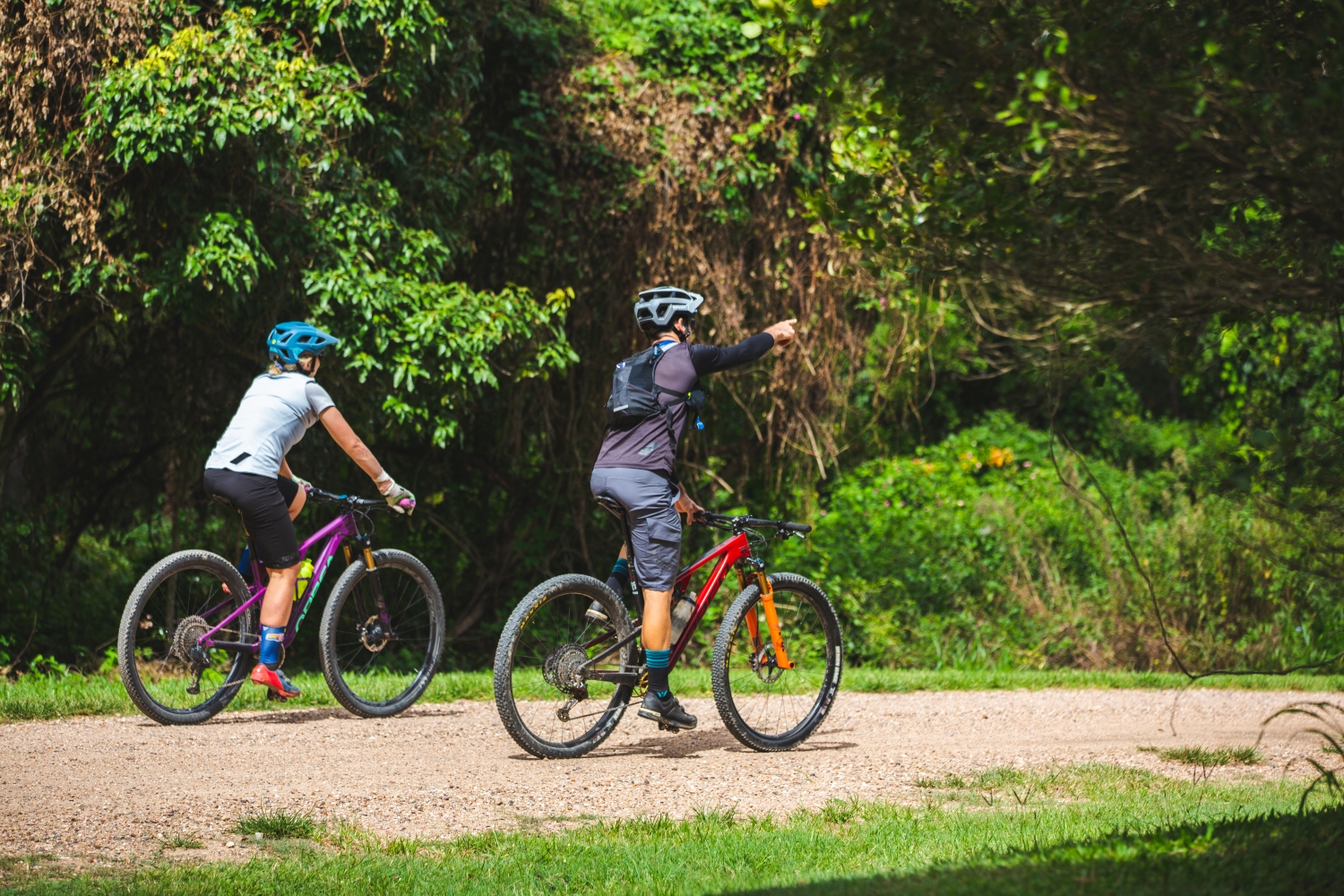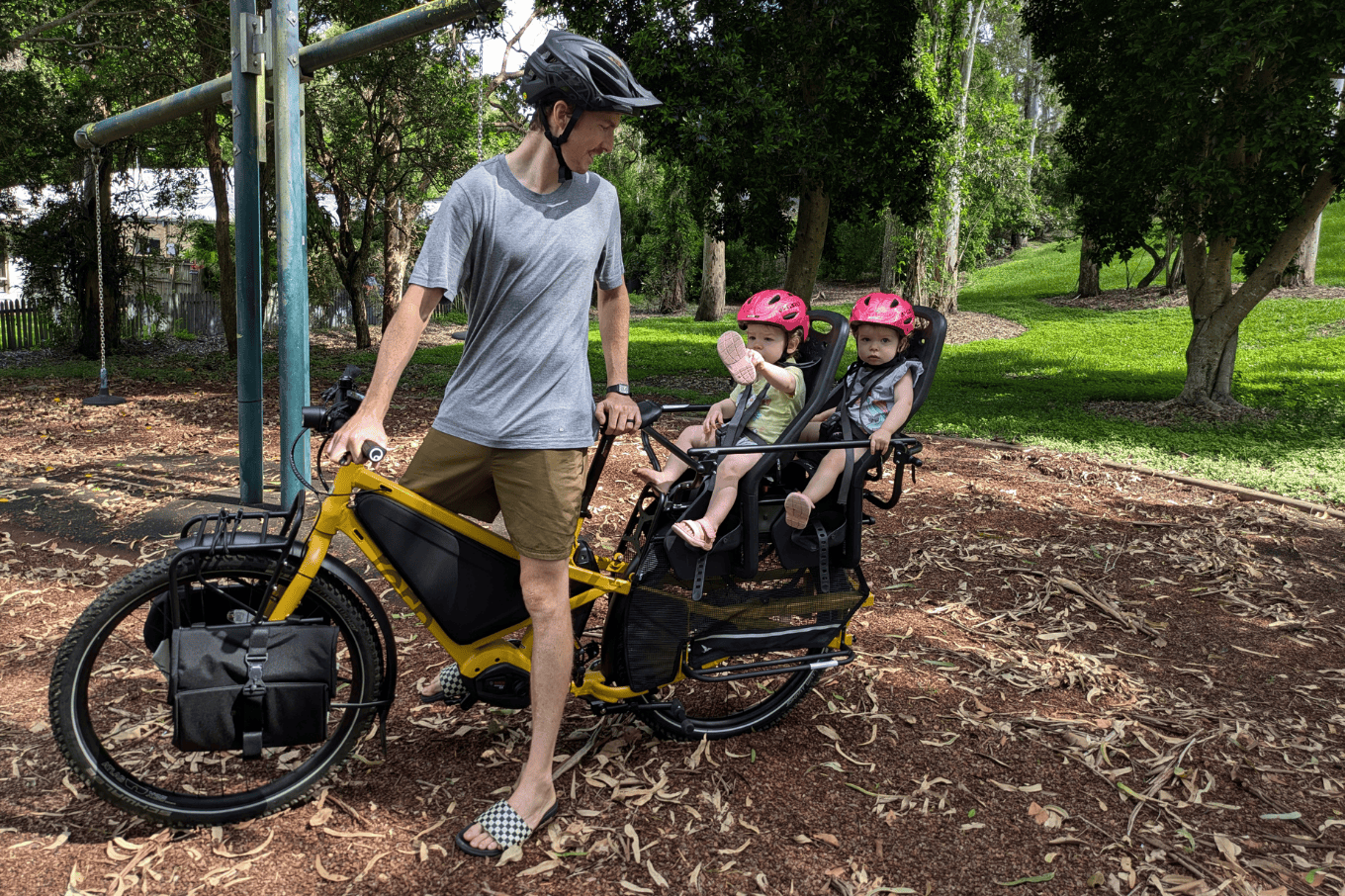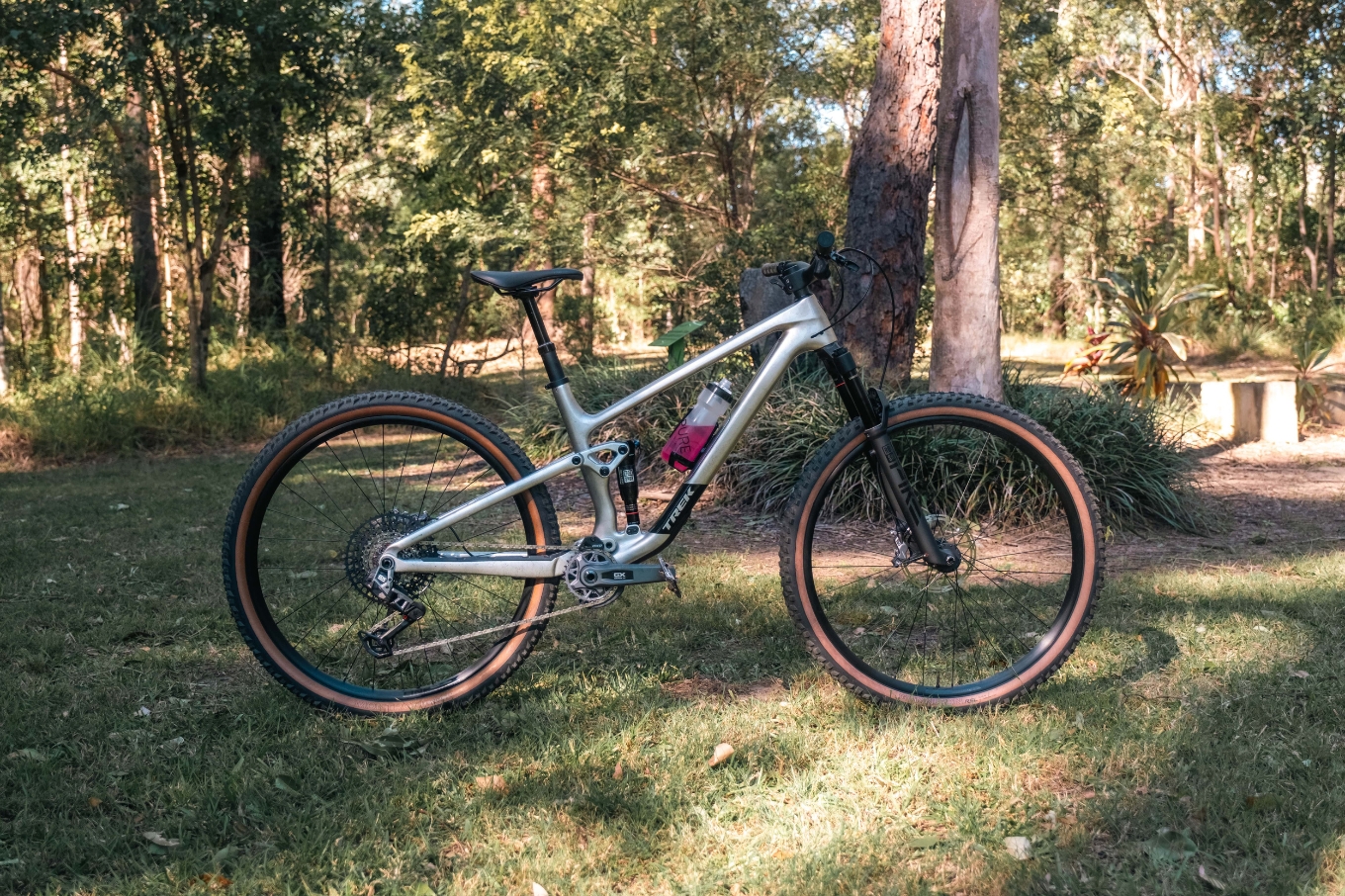How To Make New Bike Day Totally Awesome
Mountain bikes have developed at a rapid rate, and making new bike day as awesome as possible can require a bit of adjustment for the bike, and for you.
Words and photo: Neville Jemson
You do your research, you stay up late in bed scrolling forums and chat rooms until you drop your phone on your face at midnight on a Tuesday. You’ve looked at geo charts, you’ve asked the local bike shop for their opinion, you do more research and watch every bike review on YouTube. You compare the specs of other bikes, then compare a few bikes against each other. Once you think you’ve narrowed it down, you go back to the bike shop or brand website and find out about availability. You’ve drooled, you’ve done your homework, you’ve been patient and now it’s time to pull the trigger! Now comes the waiting game, you patiently wait… and wait… and then the delivery day finally comes, only to be hit with stock or manufacturer delays! Eventually, new bike day arrives!
Mountain bikes have developed at a rapid rate, and making new bike day as awesome as possible can require a bit of adjustment for the bike, and for you.
New bike day can bring puzzles and problems along with excitement. There are so many factors that come into play with how bikes perform and how they can compare to other models, other brands and even the previous bikes we’ve owned. Here are some tips to make sure the experience is everything it should be
Pick the right bike for your riding, not for looks.
Firstly, are you buying a particular bike just based on its looks/brand/colour or even just to impress your friends? If you are and you’re aware of that, then that’s totally fine and you can probably stop reading here. But if you choose to buy a triple crown, high pivot, 200mm coil-sprung descending beast to ride XC loops then maybe it’s time to go back to the drawing board. You need to understand the basics of what style of bikes are good for what type of riding. Be honest with yourself about what type of riding you’ll actually be doing as opposed to dreaming of riding World Cup downhill courses that you watch on RedBull TV.
Are your previous and new bikes the same style of bike?
In the past 3 or more years, bikes have become marketed for very specific purposes with categories like Down Country, All Mountain or even Down Duro. So something to keep in mind if you’re riding your new bike and thinking, “geez, my previous bike didn’t act this way on a trail” – these days bikes are almost designed to ride in a specific terrain. For example, when riding a really slack bike on a flat trail, you might notice that the front wheel wants to push through corners a lot. That’s because your weight on the bike is set a lot more rearward than a bike with a steeper head angle. It comes back to “different horses for different courses”. So you could find that your previous bike rode a particular way as it was designed for a different type of riding than your new one.
Have you followed the setup guide, and done a bike fit?
Bike manufacturers spec components for the “average” person, but these days the shape and size of people are anything but average. You might have long arms and a short torso or long legs and T-rex length arms, so the original components may not suit you straight off the showroom floor. But there are ways to fit better on a bike when you’re shaped like this before you look at things like stem and crank lengths.
Tinker with the setup of what you’ve got first before jumping to conclusions or buying new parts as maybe it’s possible to achieve what you want without any extra costs. Simple things like adjusting the seat post height, sliding the saddle forward or back on the rails and even bar width and roll can help to change your body position on the bike and help you get more comfortable. Better yet – pay for a proper bike fit.
Performance-based adjustments can be anything from tilting your brake levers up or down, sliding your controls further inboard, and playing with air pressure in your tyres to find the perfect level of grip and rolling resistance. Dedicate a whole ride to setting up your suspension. Experiment with the different flip chips and headset cups if your bike comes with them. Do all of the back-to-back real-world comparisons so you can feel how all of these tweaks and adjustments can drastically affect how your bike can and will perform. It does take a bit of time but it’s absolutely worth it to get the most out of your new bike.
If you get the majority feeling good but can hone down to a specific component letting the team down, then maybe seek out an expert in that area. If it’s suspension, start a conversation with a tuning expert to see what can be done with what you have as opposed to throwing money at a completely new part which might not even solve the issue.
Understand how components and bikes have changed
If you were riding a bike that was a couple of years old, or a bike that was a decade old, the difference to a new one will be vastly different. The cost of bikes and components has changed significantly and the new version of your 10-year-old bike that was running a full XTR build suddenly isn’t that attainable anymore..The shape or length of components may feel a bit alien or the quality of the component material is different and this takes time to adjust to.
One of the biggest questions I keep coming back to is – do you purchase a bike that is perfect for the local trails and what you’ll ride 85% of your year but might be under-gunned when you do get to have one of your few yearly bike trips to Thredbo or Bright? Or do you buy the bike that’s perfect for these yearly trips, but have to slug and suffer on every weekly group ride with your buddies?
There’s always a trade-off with any bike, maybe it climbs great but is a bit unstable on steep rough descents. No bike will tick all the boxes and has the best of both worlds and this is where we need to be completely honest with ourselves and buy a bike that actually suits our needs.
New bike day is always great, but with a little time, tinkering with setup and tweaking of components, you can make sure it’s absolutely epic!
What’s next? Learn how to maintain your bike with some useful articles in our Workshop section!


